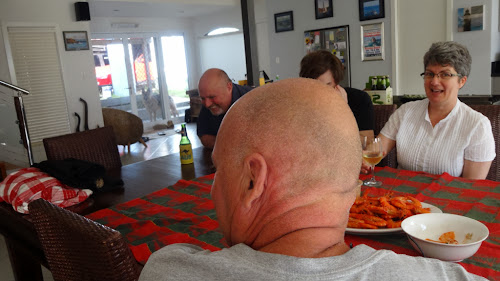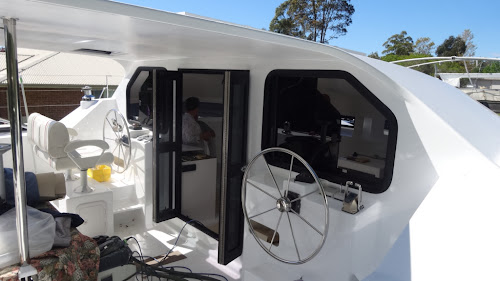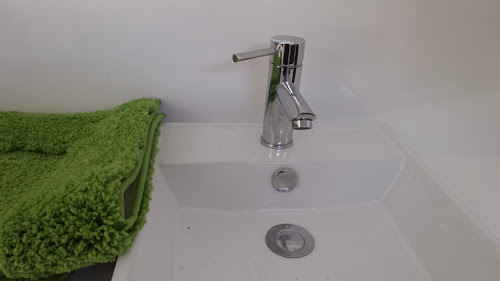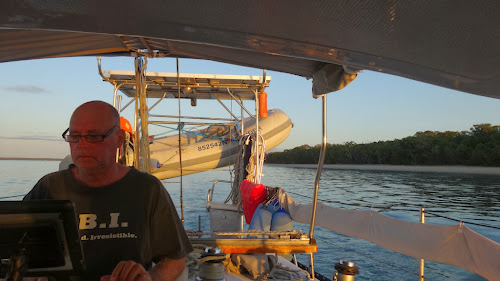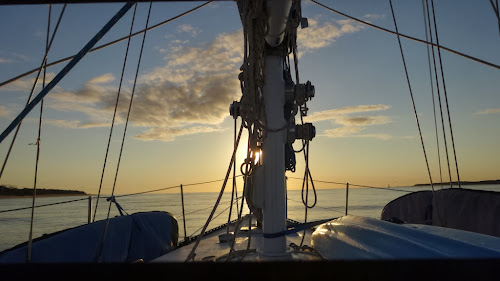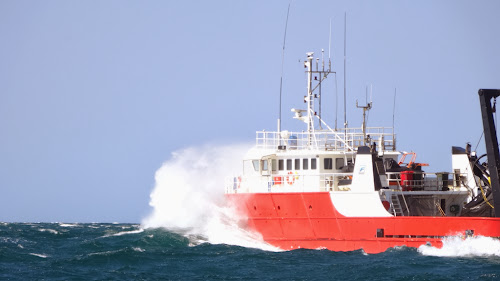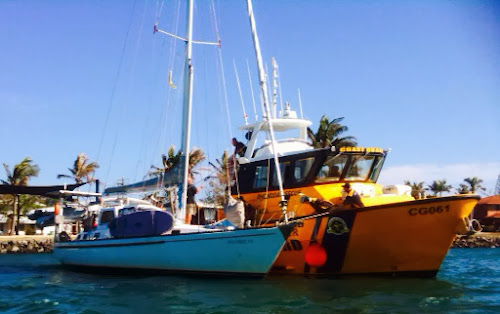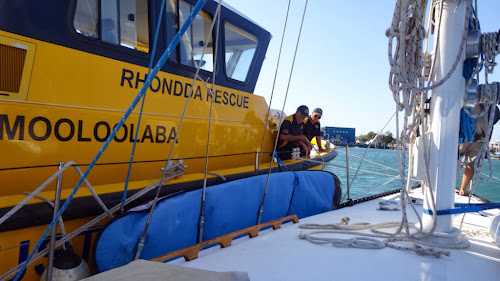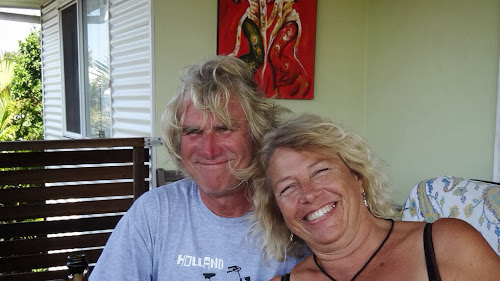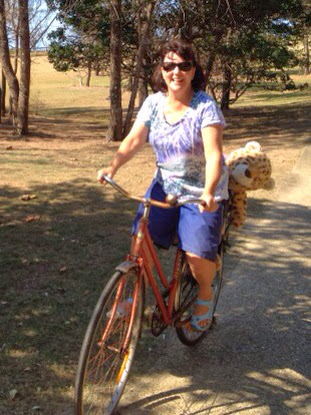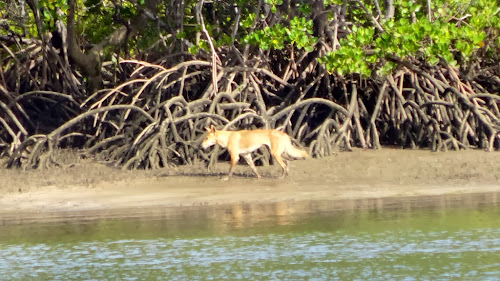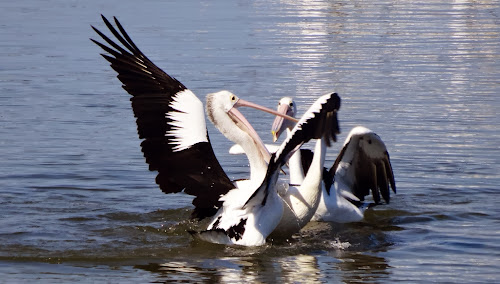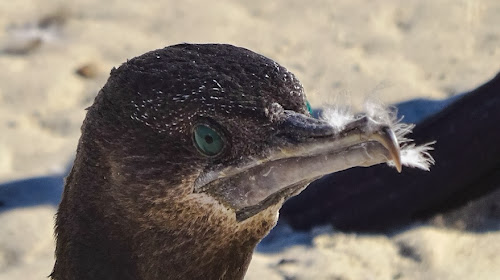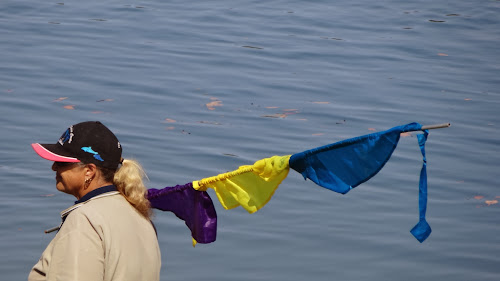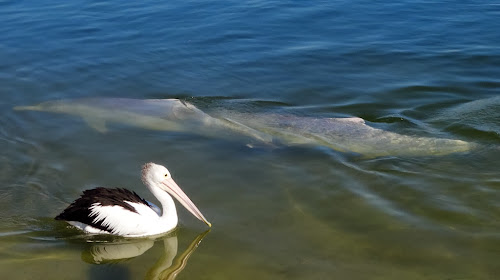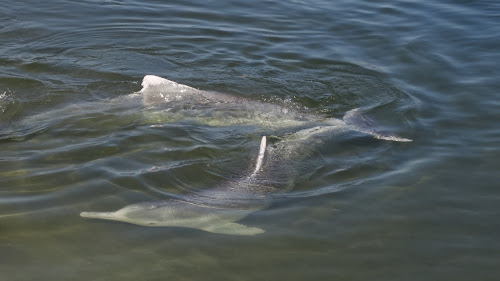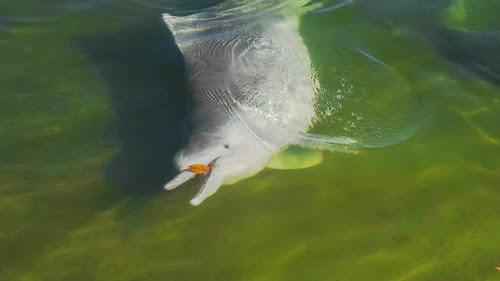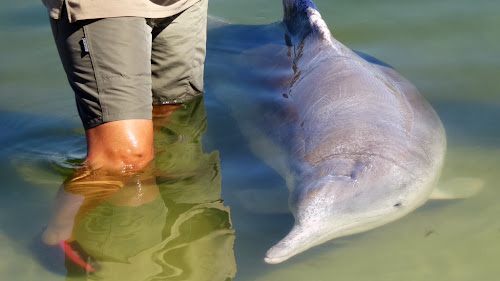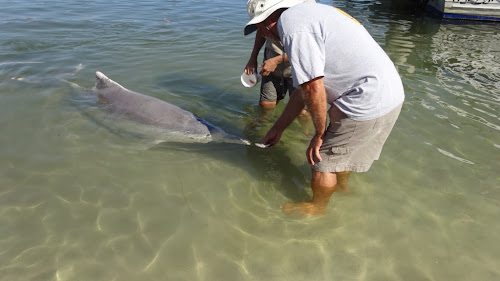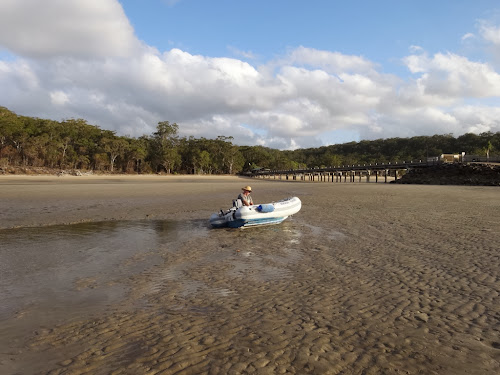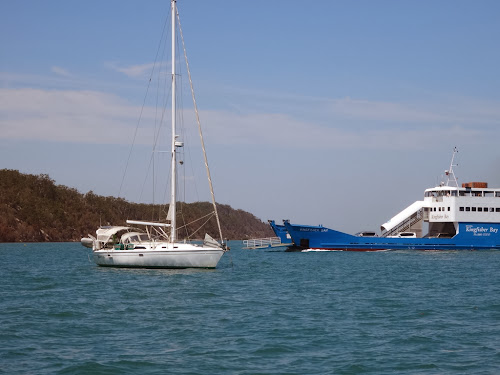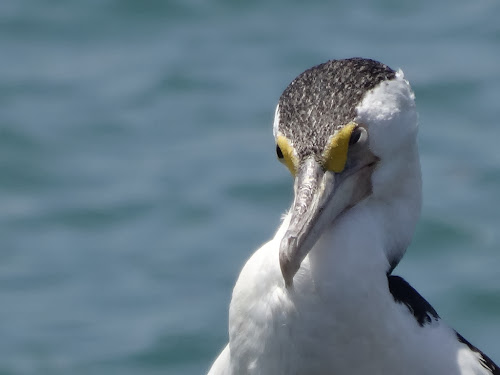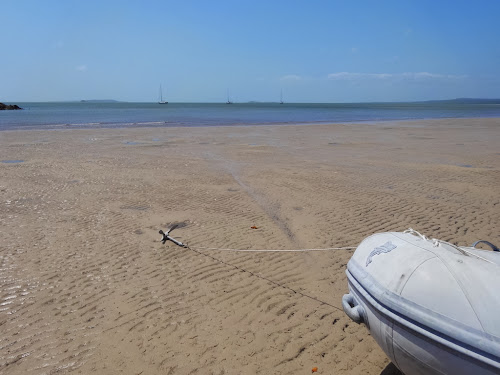Valiam, On Strike, Sagittae, Pretty Alright, Roger Ramjet, Touchwood and Anui to name just a few...
These are the names of yachts built by their owners.
We have now met seven couples who have completely built their own yachts; sourced everything that Glenn and I take for granted as standard fixtures onboard of Sea Trek III. Their owners are not professional in the industry. They are regular people from varied walks in life who have willingly taken on this huge and unconventional path to boat ownership. They have committed themselves to years of work and hours totaling 3,000 to 4,000 to eventually are able to sail and enjoy their owner crafts.
Why would anyone undertake such an enormous task, for pleasure?
The dream, to go cruising...
A few favoured designs are readily accessible in kit form. They arrive as pre cut foam and glass sandwich pieces and instructions with paper pattens. "This seemed do-able in our back yard". Anonymous quote.
Some ambitious amateurs use professional help with the hull structure, and then continued the "finishing off". Sounds simple but multiple skills are required: carpentry, electrical, plumbing, upholstery, glazing, rigging, mechanical, and years of patience. For one couple this involved moving the hull and their new home, a caravan into an industrial shed. Years later they have an elegant and stunning Radford 55' yacht that races through the open waters. It's internal carbon fibre fit out is truely futuristic, and practical.
Several friends said that it was the only way that they could afford a yacht of the design and size that they wanted.
Saving money was mentioned by many. This was countered when most people admitted that it was far more costly than they had expected, and not the bargain that they had hoped for. The expenses were spread over 4 or 5 years and the pace made it manageable. "We could have bought a lovely yacht without all of the agony". Savings were made by finding the best prices by internet shopping, generally overseas products. A few industrious sailors sourced second hand deck hardware and engines. This required being in the right place at the right time, and networking.
Most couples mentioned that building was a way to stay focused on their dream of cruising and retirement, prior to being ready to go. Most also mentioned the strain on the marriage/relationship as the epic of frustrations dragged on.
I was curious to find out how new skills were aquired. "The internet, and just doing it". Hmmm. "So anyone with computer skills could build a yacht?" "Yes". Not this crew.
A real positive was repeated often "If I can build it, I can fix it".
Being self reliant was a commonly expressed idea. Repairs and maintenance can be financially draining. The owners of these yachts eventually know everything about the systems onboard, and as a result will be in the unique position of being able to fix things when they break. They have the spares, the tools and know the sizes and the sources. The marine environment of salt and humidity is harsh. Lots of gear will eventually fail.
The vast majority of sailors we know buy yachts fully assembled. There is a very healthy second hand market, and bargains abound. Our first few years onboard Sea Trek III have involved sorting out the systems onboard: idiosyncratic repairs of previous owners.
Recently we met Trevor and Fiona who aren't actually on the water as yet. They are still building their yacht in the back yard of their home and business: Granger 40' Catamaran.
Fiona with fresh baking.
Thanks Fiona and Trevor: the yacht viewing was "Definitely worth the drive". See you next year.
